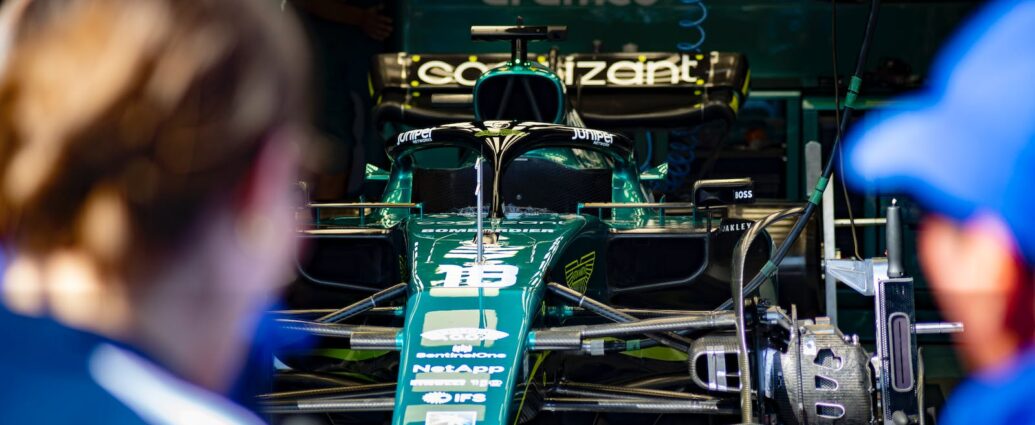Fiona Mansell
In 2019, Formula 1 launched their first sustainability strategy, detailing plans for a greener future for motorsports.
Their biggest goal is to reach net zero carbon emissions by 2030. It includes net carbon-powered race cars and low-carbon logistics and travel. Former Formula 1 CEO, Chase Carey, shared his belief that over its 40 years of history the technologies in F1 cars have contributed to combating carbon emissions in millions of cars on the road today.
By 2025, F1 has declared that they want every race to qualify as a sustainable spectacle. They aim to make a positive change wherever they race by enriching local communities and supporting the natural environment.
Measuring F1 Carbon Footprint
“256,000 CO2 equivalent tonnes were produced over the season.”
F1’s detailed analysis of their carbon footprint found that 256,000 CO2 equivalent tonnes were produced over the season. Business and travel accounted for 27.7 per cent of this amount, while facilities and factories accounted for 19.3 per cent. However, logistics such as paddock equipment and tyres had the highest contribution at 45 per cent.
This could explain the F1’s focus on banning tyre blankets, which was a controversial decision as some teams felt it would risk race safety. Christian Horner believed it was “too early in the process” to ban tyre blankets on slicks. The ban has since been pushed back until 2025 at the earliest.
Sustainability Starting Small
In recent years F1 has aimed to reduce the use of single-use plastic around the track. They shared aims to measure waste created at race weekends and only use reused, recycled or compostable materials. Now, many circuits partner with local charities to help donate surplus food. In 2020, following the cancellation of the Australian Grand Prix, over 1.5 tonnes of unused food was donated to 17 charities.
“F1 also aims to prioritise fan well-being”
F1 also wants to enable fans to travel to races through zero-carbon transport methods and introduce incentives for fans to reach events in a greener way. Alternatively, F1 proposed offsetting emissions created by fan travel. F1 also aims to prioritise fan well-being and the local environment by enhancing biodiversity, improving air quality and offering healthier food options. This is part of the aim for a sustainable spectacle for F1 by 2025.
On the Track
The current hybrid power unit in an F1 car is already among the most efficient in the world, but they want to improve that further. They want to deliver the most powerful race cars with sustainably fuelled hybrid power units. These e-fuels, sometimes called synthetic fuels, help F1 become net zero by 2030. They are on course to hit that target. F1 might deliver 100 per cent sustainable fuels by 2026. This means that they will be able to achieve their goals sooner than planned. Newly introduced F1 cars this year run on E10 fuel, a blend of 90 per cent fuel and 10 per cent renewable ethanol.
Logistics
We have already established logistics is a big issue in reducing the carbon footprint of F1 with some controversial calls for bans on tyre blankets. At the moment, F1’s logistics teams are designing “flexible” containers to allow for transport such as rail and sea freight which are more fuel efficient. Races may also be grouped in regions in the future to limit the amount of travel needed between races.
Technology will not just impact the sport itself but also the cars driving on the road today. F1 has made some great progress in becoming sustainable and they have many plans to take this further. There is still work to be done but it is positive to see the changes in the sport now and the plans for the future.
READ NEXT:
-
FORMULA 1: LAS VEGAS GRAND PRIX 2023 RECAP
-
FORMULA 1: SÃO PAULO GRAND PRIX 2023 RECAP
-
FORMULA 1: MEXICO GRAND PRIX 2023 RECAP
Featured image courtesy of Kévin et Laurianne Langlais on Pexels. Image license found here. No changes were made to this image.

